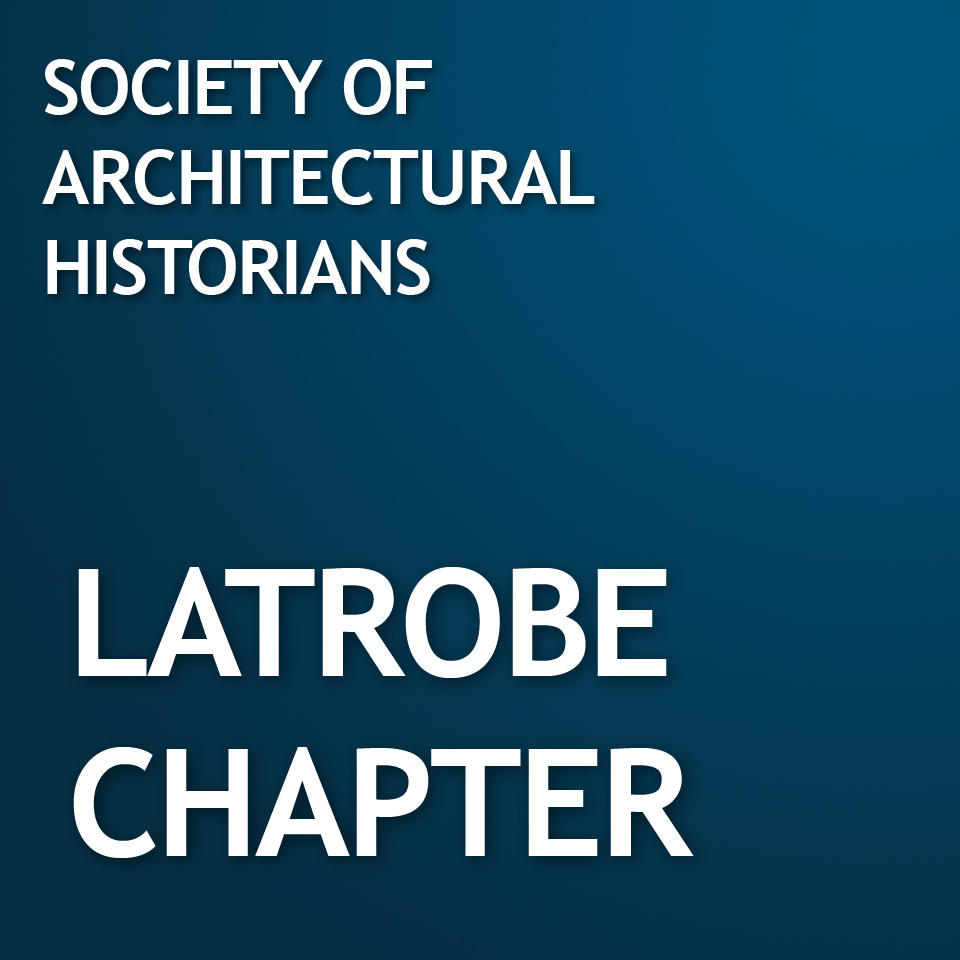NOW ARRIVING WASHINGTON: UNION STATION AND LIFE IN THE NATION'S CAPITAL
Lecture by William Wright
January 14
A STUDY TOUR OF THE WASHINGTON CLUB: STANFORD WHITE'S PATTERSON HOUSE
Led by Amy Ballard
February 8
McKim, Mead and White is regarded as one of the most successful and influential architectural firms of the American Renaissance, the late 19th and early 20th century period. The firm received an abundance of prestigious public, civic, and private commissions, including the Boston Public Library and the Rhode Island State House. The architects were also known for grand classical mansions. Stanford White is looked upon as the primary designer of the beautiful classical residence at 15 Dupont Circle, a palazzo-inspired mansion built for Robert Wilson Patterson, the publisher of the Chicago Tribune. Today the home of the Washington Club, the Patterson House (1903) reveals the refinement and elegance of White's work. It is a house intertwined with Washington history: President Calvin Coolidge lived there briefly, and Charles Lindbergh was a visitor. This study tour, led by Amy Ballard, examined the architectural history, as well as efforts to preserve this extraordinary example of American Beaux-Arts classicism.
SWEDISH MODERNISM ON THE POTOMAC: A STUDY TOUR OF THE HOUsE OF SWEDEN
March 1
Commentary and Tour with Mat Widbom, Cultural Counselor, Embassy of Sweden
Co-sponsored with the White House Historical Association and the U.S. Capitol Historical Society
The Stephen Decatur House Museum, 1610 H Street, N.W., Washington, D.C.
This special event commemorated the 250th anniversary of the birth of James Hoban. Presentations examined Hoban himself as federal architect and local civic and church leader; as well as Irish artisans in early 19th-century Washington; and residential styles and construction in the nation's capital, 1790-1830.
JAMES HOBAN: ARCHITECT OF THE WHITE HOUSE
March 13
The city of Washington, D.C. is richly endowed with outdoor sculpture. These works vary greatly in size, purpose, location and style. Befitting a nation’s capital, many are elegant classical statues or relief sculptures personifying such ideals as law and justice. Grand public statues and equestrians punctuate parks and traffic circles. Some sculptural works are religious; others are solemn, such as the famous Adams Memorial by Augustus Saint-Gaudens. Still others are light-hearted, even whimsical, like the many statues of animals adorning the National Zoo. This lecture takes a close look at the breadth of sculpture in Washington, D.C., discussing well-known works, as well as lesser known examples.
THE OUTDOOR SCULPTURE OF WASHINGTON, D.C.
Lecture by James Goode
May 13
Frank Lloyd Wright is one of the most acclaimed and influential architects of the late 19th and 20th centuries. His name is recognized by a broad public. His works, such as the Guggenheim in New York, and Fallingwater in Bear Run, Pennsylvania, are among the most famous architectural designs of the modern period. Wright was the architect of a wide range of building-types from places of worship to office buildings, but is perhaps most closely linked to domestic architecture.
This special behind-the-scenes tour offers a rare opportunity to visit a private home designed by Frank Lloyd Wright for one of his own children, Robert Llewellyn. Robert was the youngest of the Wright children. The house has been owned and lived in by the Wright family ever since its completion in 1958. Today, Wright’s grandson, Tom, lives there. The house is based on the intersection of two circles and designed in an almond formation.
Led by John Wright, great-grandson of Frank Lloyd Wright
STUDY TOUR OF A PRIVATE FRANK LLOYD WRIGHT HOME, McLEAN, Virginia
June 21
Demolition isn't the only threat to historic sites. Equally threatening can be alterations, additions,and new construction that comprise the iconography and/or integrity of the site. The preservationist, therefore, has the responsibility of managing change to the historic artifact.
Writing a landmark nomination and obtaining historic designation are only the first steps in an ongoing process that can be controversial and contentious—and sometimes with luck—enormously rewarding.
A TOUR OF MY LOSSES: A QUARTER CENTURY OF PRESERVATION IN WASHINGTON
Lecture by Sally Berk
September 23
AMERICAN PLACE: THE HISTORIC AMERICAN BUILDINGS SURVEY AT 75 YEARS
Gallery Talk by Catherine Lavoie, Chief, Historic American Buildings Survey, National Park Service
October 21
The Historic American Buildings Survey (HABS) of the National Park Service is the nation’s oldest federal preservation program and a remarkable surviving example of the once numerous New Deal cultural initiatives. HABS was established in 1933 to create a public archive of America’s architectural heritage, consisting of measured drawings, historical reports, and large-format black & white photographs. The significance of the HABS program then as today resides in the scope of the collection and its public accessibility, as well as in the establishment of national standards for recording historic architecture. The HABS collection resides at the Prints and Photographs Division of the Library of Congress; the Library makes these materials available to the public copyright-free and on-line.

